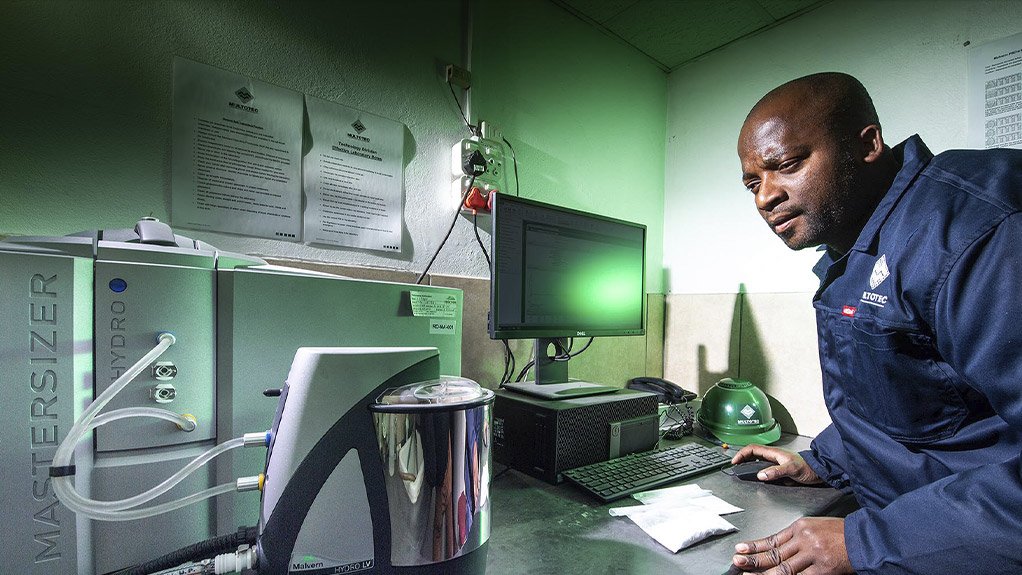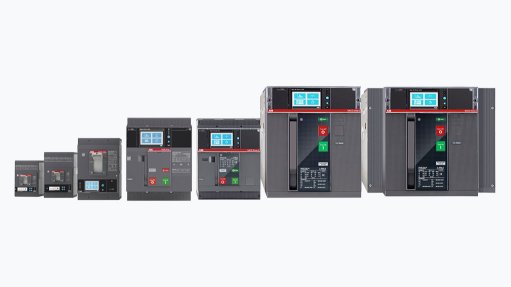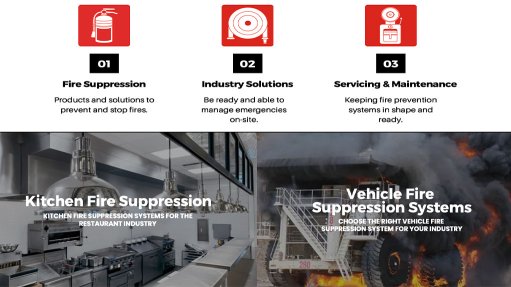Multotec testing ensures optimal separation efficiencies


Multotec uses a Malvern Mastersizer to analyse particle size distribution of a given sample
Mineral processing company Multotec has expanded its technology division’s research and development (R&D) capabilities with a range of specialised facilities.
The equipment Multotec uses for testwork includes laboratory-scale, wet, high-intensity magnetic separators, cyclone rigs, filtration equipment, centrifuges, spiral rigs and a screening research rig.
“Extensive testwork is especially relevant when a customer wants to mine and treat less traditional minerals, such as lithium or graphite. As demand grows for commodities such as those, we have had customers bring samples to test how our equipment would perform.
“In these tests, we trial various methodologies and scientifically record and compare the results,” explains Multotec technology manager Faan Bornman.
The company’s R&D laboratory prepares samples and conducts particle size analysis, using equipment including pressure filters, drying ovens, sieves, shakers, sizers and separating funnels. When chemical analysis is required, samples are sent to outside laboratories.
Bornman says that, in researching the application of different methodologies to customer material, the company often finds inspiration to develop a new product or improve existing products.
“In addition to providing a solution for the customer, we are also able to contribute to the efficiency of the industry as a whole, with an updated and commercialised product.”
Meanwhile, Bornman notes that Multotec is increasingly getting requests to conduct testwork on “emerging” minerals, such as wolframite, lithium and manganese. He adds that, with growing environmental awareness globally, there is also scope for applying separation technology in the field of recycling.
Multotec has successfully conducted testwork on electronic waste to separate metal from plastic in milled material.
SPIRALING SUCCESS
In responding to the mining industry’s need to retreat chrome dumps, the company has adapted its versatile spiral test rig to upgrade ultrafine chrome.
The full-scale test rig is part of a range of dedicated facilities employed by Multotec’s technology division to optimise mineral separation and concentration methodologies for customers.
The rig allows between eight and ten different spirals to be erected simultaneously.
“With the drive to process tailings in the chrome sector, we have been running tests on a more compressed spiral with a reduced pitch, reducing the velocity of very fine particles,” Multotec R&D engineer Jeantelle Rust highlights.
The spiral offers a cost-effective way of separating ultrafine chrome material and recovering valuable product.
“Such a solution presents an attractive commercial proposition to industry and will also address environmental concerns presented by tailings dumps.
“Using a mouth-organ product box, the material being tested on the spiral rig is split into eight product fractions, not just the usual three for product, middlings and tailings. This helps optimise the mass balance for reporting purposes,” Rust explains.
The spiral test rig has also been used to evolve designs that deal with coarser material. Customers often want a solution to the “beaching” of coarse coal product on the spiral’s surface, Rust says.
“We were able to modify the angles and diameter of the trough to address this challenge. Our ability to make small adjustments to the equipment, and to test material repeatedly at full scale, is the key to finding practical solutions,” she adds.
Multotec has also conducted research for producers of mineral sands – or heavy minerals – where head grades are steadily dropping. This necessitated the treatment of larger tonnages, requiring higher-capacity spirals.
“Space constraints on the customer’s site meant that adding spirals to their process was not an option. Wider spirals were thus tested for higher throughput, with different angles to minimise losses,” Rust says.
While the spiral appears to be a relatively simple piece of equipment, she emphasises that the variety of forces at play makes it impossible to accurately model a spiral’s actions and results.
The kind of testing conducted by Multotec is, therefore, vital to achieving optimal separation efficiencies.
Article Enquiry
Email Article
Save Article
Feedback
To advertise email advertising@creamermedia.co.za or click here
Announcements
What's On
Subscribe to improve your user experience...
Option 1 (equivalent of R125 a month):
Receive a weekly copy of Creamer Media's Engineering News & Mining Weekly magazine
(print copy for those in South Africa and e-magazine for those outside of South Africa)
Receive daily email newsletters
Access to full search results
Access archive of magazine back copies
Access to Projects in Progress
Access to ONE Research Report of your choice in PDF format
Option 2 (equivalent of R375 a month):
All benefits from Option 1
PLUS
Access to Creamer Media's Research Channel Africa for ALL Research Reports, in PDF format, on various industrial and mining sectors
including Electricity; Water; Energy Transition; Hydrogen; Roads, Rail and Ports; Coal; Gold; Platinum; Battery Metals; etc.
Already a subscriber?
Forgotten your password?
Receive weekly copy of Creamer Media's Engineering News & Mining Weekly magazine (print copy for those in South Africa and e-magazine for those outside of South Africa)
➕
Recieve daily email newsletters
➕
Access to full search results
➕
Access archive of magazine back copies
➕
Access to Projects in Progress
➕
Access to ONE Research Report of your choice in PDF format
RESEARCH CHANNEL AFRICA
R4500 (equivalent of R375 a month)
SUBSCRIBEAll benefits from Option 1
➕
Access to Creamer Media's Research Channel Africa for ALL Research Reports on various industrial and mining sectors, in PDF format, including on:
Electricity
➕
Water
➕
Energy Transition
➕
Hydrogen
➕
Roads, Rail and Ports
➕
Coal
➕
Gold
➕
Platinum
➕
Battery Metals
➕
etc.
Receive all benefits from Option 1 or Option 2 delivered to numerous people at your company
➕
Multiple User names and Passwords for simultaneous log-ins
➕
Intranet integration access to all in your organisation















